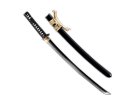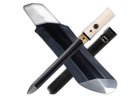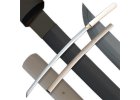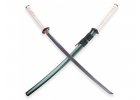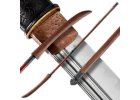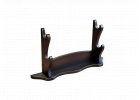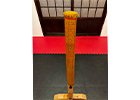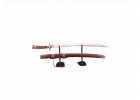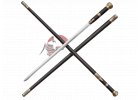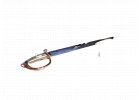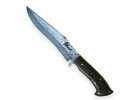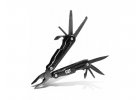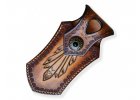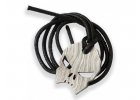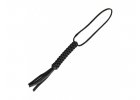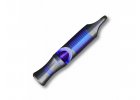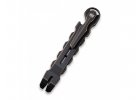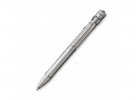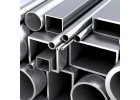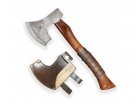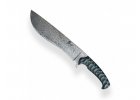Japanese knives are known for their excellent quality, sharpness and precision craftsmanship. They have a long history and are made with respect to traditional techniques that are passed down from generation to generation.
History and tradition Japanese knives
have their roots in traditional sword making, such as katanas. The techniques used in making Japanese knives are often derived from these ancient practices. Knife makers, known as "katana-kaji", have been passing down their knowledge and skills for centuries. Types of Japanese knives There are many different types of Japanese knives, each with a specific purpose and design. Among the most famous are, for example, Gyuto - An all-purpose kitchen knife, similar to a Western chef's knife. Santoku - A versatile knife, ideal for cutting vegetables, fish and meat. Yanagiba - A long, thin knife used primarily for preparing sushi and sashimi. Deba - A strong and heavy knife used mainly for filleting fish and chopping meat. Tanto – a traditional Japanese knife that is characterized by a specific design and historical significance. Originally designed as a combat tool, modern tanto knives are also used for a variety of practical purposes, including everyday carry (EDC), outdoor activities, and collecting. Higonokami - a traditional Japanese folding knife that is known for its simplicity, practicality and historical significance. This knife has its roots in Japan and is still popular among both craftsmen and collectors. Materials Japanese knives are usually made of high-quality steel, such as high-carbon steel, which is known for its hardness and ability to retain its sharpness. Other common materials include stainless steel and combinations of different metals to provide an optimal balance between hardness and corrosion resistance. The most famous and popular materials currently include Japanese Damascus steel, also known as "Damascus" steel. It is famous for its beautiful layered structure and excellent properties. In Japan, this technique is often used to make high-end knives and swords. Damascus steel has its roots in ancient history, originally originating in the Middle East, where it was known for its strength and ability to retain its sharpness. The Japanese version of Damascus steel, known as "kasumi" or "honyaki", evolved with the advent of blacksmiths who adapted these techniques for their own sword and knife production. The production of Japanese Damascus steel involves forging and stacking layers of different types of steel together. This process can involve thousands of folds and folds, creating unique and complex patterns on the surface of the steel. The result is a knife or sword that is not only aesthetically pleasing, but also extremely strong and durable. One of the most distinctive features of Damascus steel is its visual appeal. Layers of steel create complex patterns, often resembling flowing water or waves. These patterns are unique to each individual piece, making each knife or sword unique. Types of Damascus steel in Japan San Mai - A technique in which a hard core of steel is lined with a softer steel, providing excellent sharpness while resisting cracking. Honyaki - High quality Damascus steel made from a single piece of steel, often considered the highest level of Japanese blacksmithing. Japanese Damascus knives require careful maintenance, just like other high quality knives. Hand washing, regular sanding and storage in a safe place are recommended. Due to their high hardness, Damascus knives can be more prone to damage if used incorrectly, so they should be used with care. Japanese Damascus steel represents the perfect combination of aesthetics, functionality and traditional craftsmanship. Sharpening techniques Japanese knives are often hand-ground and sharpened using special whetstones. This process involves several steps and requires great skill and patience. The result is an extremely sharp and precise tool that stays sharp for a long time. Design and ergonomics The design of Japanese knives is often very elegant and minimalistic. Handles can be made from a variety of materials such as wood, plastic or metal and are designed to provide a comfortable and secure grip. Japanese knives are not only a cooking tool, but also a work of art that reflects the rich tradition and craftsmanship of Japanese blacksmiths.

_-_edited.png)
